This is a Facebook ad I helped create for one of our clients.
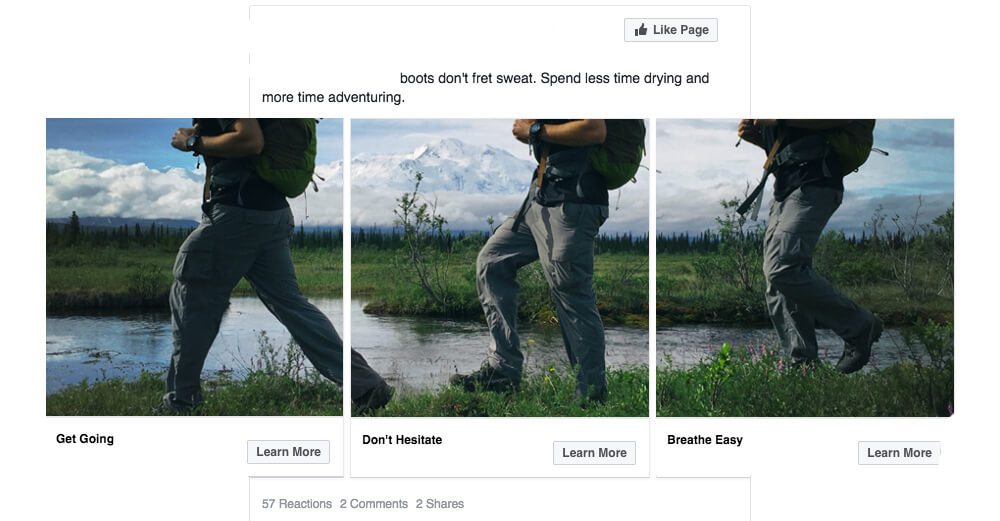
That’s actually Scott Patten, our VP of Strategy, in the photo. It’s funny how little you actually have to do to make a clean-looking ad. For us, we needed the product, a model, some iPhone photos, and wizardry in the photoshop effects department to create that ad. What we saw was that people want less of the unattainable outdoor lifestyle and more of what they typically see out on their own adventures. Here were the results:
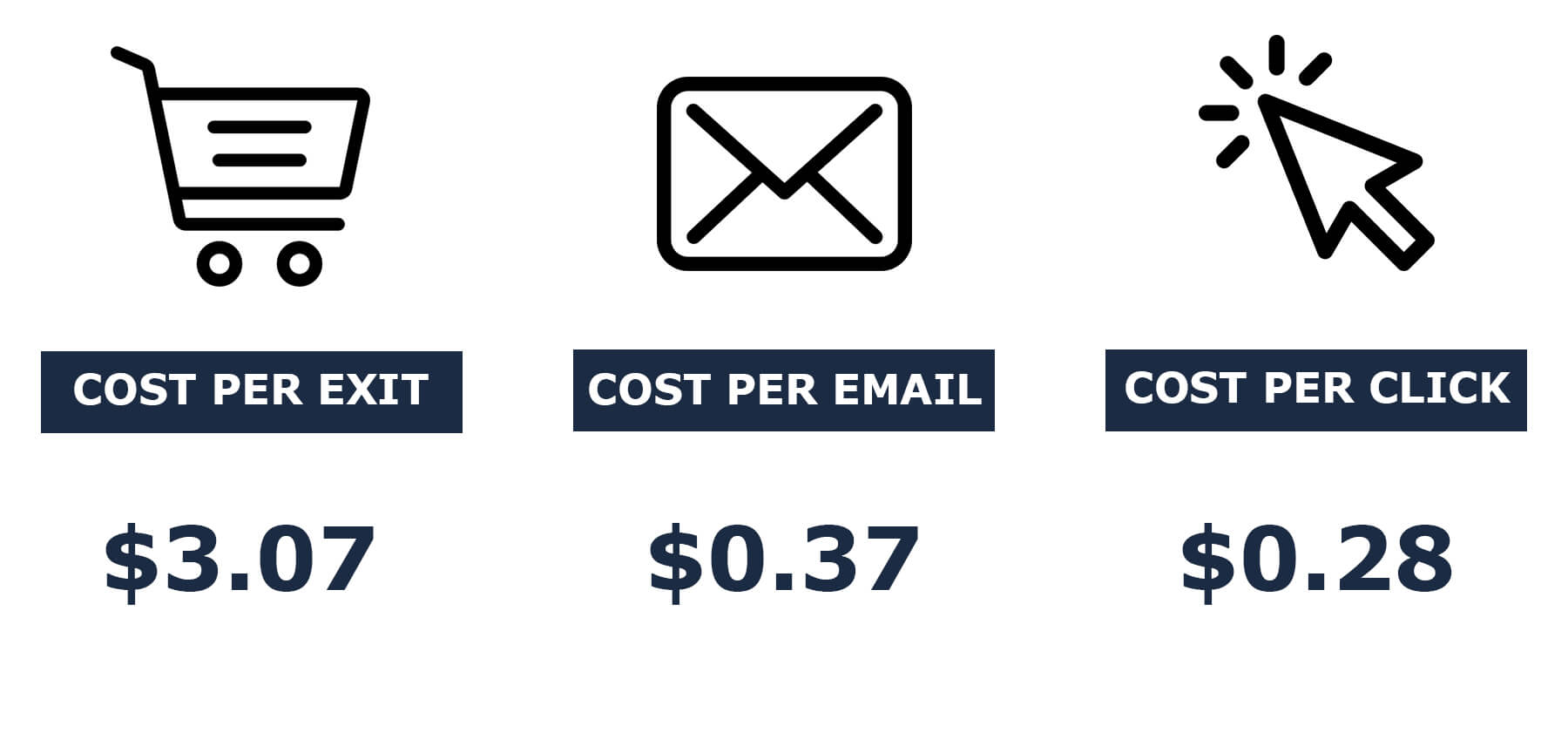 The flashy, stylized shots work too, like this ad I also had a part in making.
The flashy, stylized shots work too, like this ad I also had a part in making.
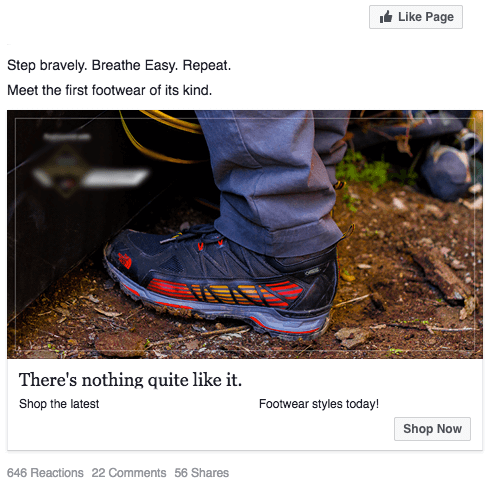
My point is not that one side is better than the other. No, it’s that companies need to realize something about this new digital age and the people they’re trying to sell to: sometimes, just sometimes people want to see more content that mimics something they might see -- or produce -- in their everyday life. I’m seeing it everywhere: magazine cover-esque shots, impossibly clean gear, and UV filters. My life definitely doesn’t look like that. I’ve got a hole in my Osprey pack from when mice decided to raid my Cliff bar stash, my boots have pretty hefty sweat stains, and I typically leave foundation (the cosmetic kind) off my backpacking checklist. But that’s just me.
My overall experience in following these outdoor brands has led me to adopt these three guiding principles when marketing for outdoor brands:
- Approachability Over Prestige
- Utility Over Style
- Means Over Dreams
Diving into the first principle...
Approachability Over Prestige
Again, there’s nothing wrong with making your product look epic, but that’s not all it’s good for.
It’s all some companies ever do, though, and it’s frustrating for few reasons:
1. I feel too intimidated to interact with the product.
2. I feel like I’ll never get to the level of expert you’re looking for.
In fact, most people will only end up using your waterproof jacket or boots when the forecast shows rain tomorrow, so what use is it making your product solely for one buyer? My climbing backpack doubles as my work pack because I’d rather not spend the money on two packs, and it has all the features I’d want for both activities - even if it does smell a little funky...¯\_(ツ)_/¯
When Patagonia rolled out their High Alpine Kit, they could’ve easily gone the route of making it out to be just for mountaineers. See for yourself.
https://www.youtube.com/watch?v=Xq5d_45TjLQ
Now, I still won’t buy the entire alpine kit, because I wouldn’t use it all, but Patagonia doesn’t require you buy the full kit. If you just want the sleeping bag, you can do that. And if you just want the base layer, you can snag that too. Here’s the moral of the story: Patagonia took a product that could’ve easily been reserved for only the most intense outdoorsmen and made it accessible to their entire audience base. Think about your own line of products and how you might be able to break out aspects of them to different audiences.
Utility Over Style
I get it. You’re hung up on how good or cool or sleek your product looks -- but that’ll only last your consumer maybe one or two uses before a tear or stain shows up. They’re using it in the outdoors, after all. I would hardly recognize most of my gear if it was put up right next to its brand-new counterparts.
Here’s where Arc’teryx comes in clutch. How do you showcase every intended, and unintended, use of your product without actually doing it yourself? You go to your customers. What a brilliant idea, right? Here’s the execution:
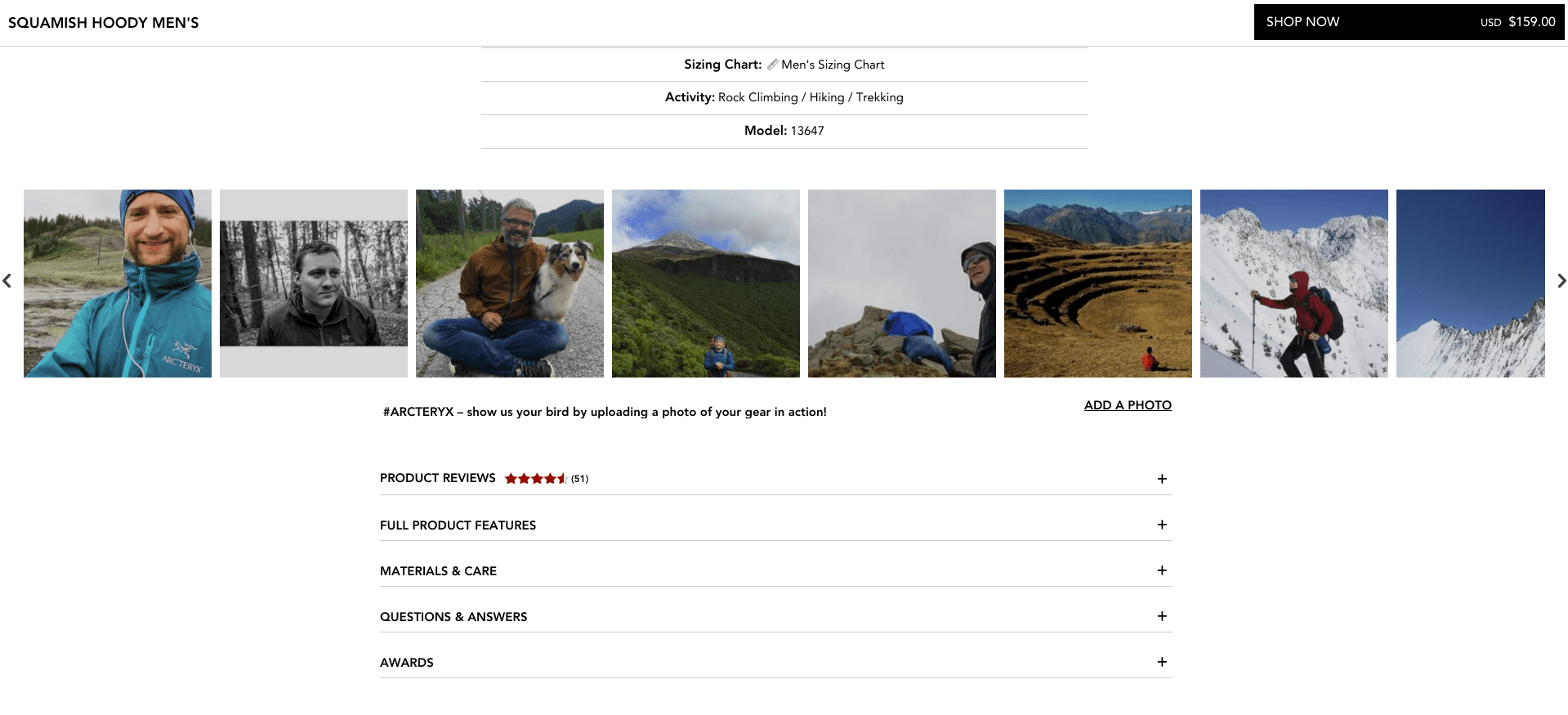 While the rest of the world slaves away at incorporating technology to show how a product will look on a potential customer, Arc’teryx took a simple Instagram plug-in and showcased the many places you might take their jackets.
While the rest of the world slaves away at incorporating technology to show how a product will look on a potential customer, Arc’teryx took a simple Instagram plug-in and showcased the many places you might take their jackets.
The reality is that you can’t predict every use your customer base might find with a product, but integrating something like photos of real customers using your gear helps a little in that department. It’s a win-win for both you and the customer, and that’s the goal after all, right?
Means Over Dreams
We didn’t originally have the budget to produce this kind of content. Instead, we took a long, hard look at how we were allocating those dollars and cut out areas we felt were out of alignment with the client’s goals. Instead of hiring expense-heavy talent, we took our in-house crew. Lucky for us, we had a team of people who loved the outdoors and owned some nice-ish DSLRs.
Point: You don’t need a studio or photographer to get the shots you’re looking for.
We planned staff retreats to trails far north -- because who wouldn’t want a free trip out of the Arizona heat? We made time in the office to take shots of products for upcoming campaigns by using the floorspace in our office.
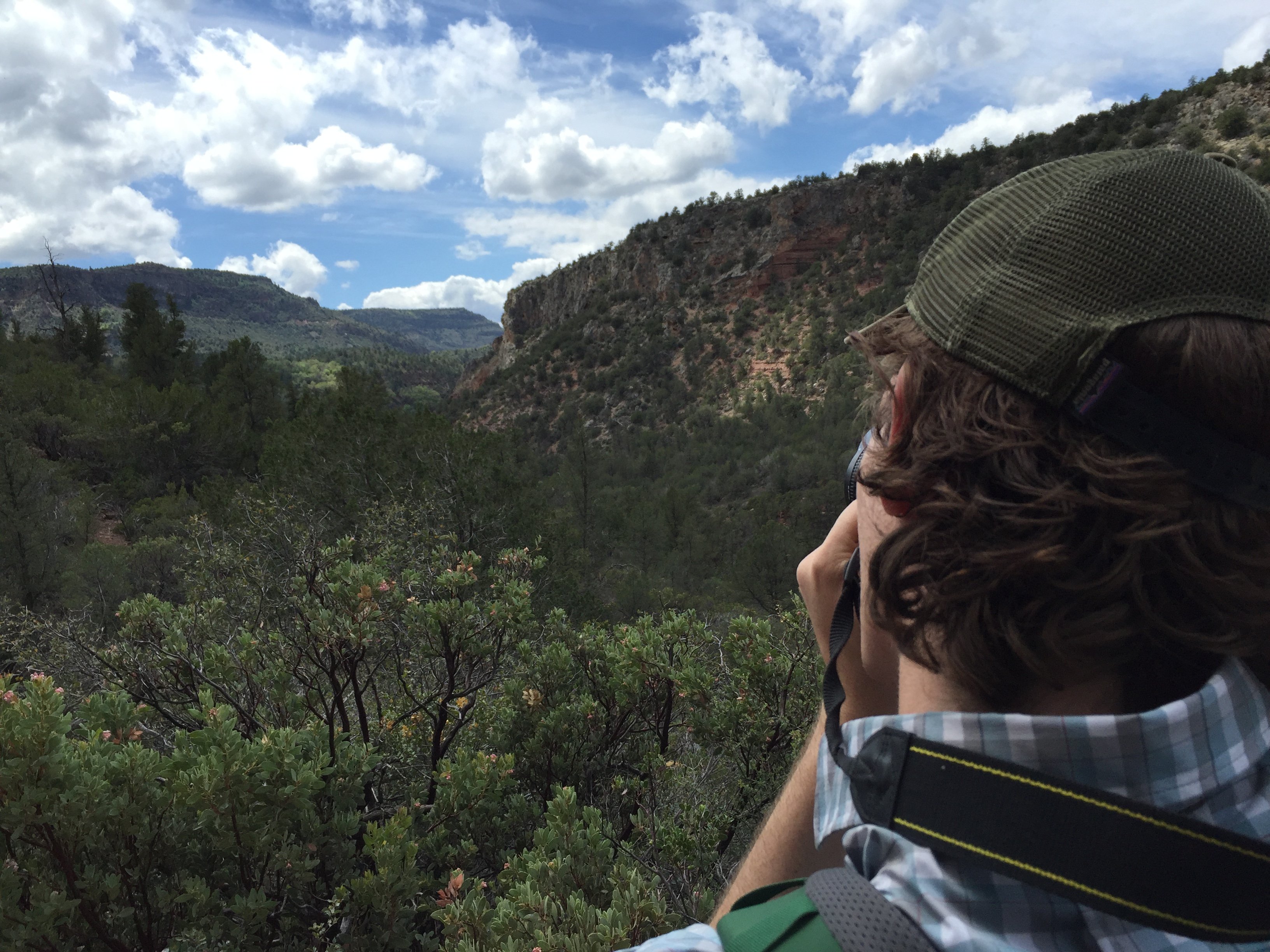 Did we naively think we could re-create some of the work that The North Face and Salomon produce? Of course. Then we came back to reality, outlined the shots we wanted, and the product worked out pretty well.
Did we naively think we could re-create some of the work that The North Face and Salomon produce? Of course. Then we came back to reality, outlined the shots we wanted, and the product worked out pretty well.
It’s not impossible to get there yourself -- you just to have to look at your budgets, maybe find a photog friend who’s willing to help, and find a trail. That’s it.




